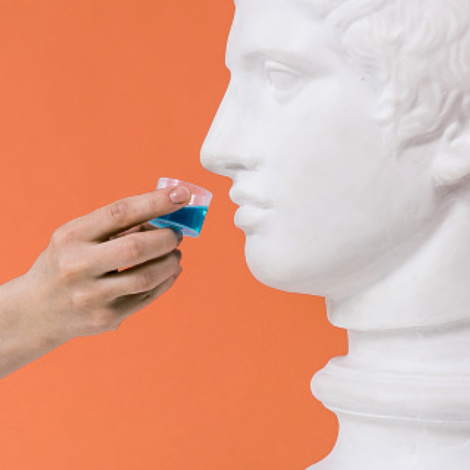You’ve been crunching your abs and building up your biceps. Meanwhile your bum muscles are kicking back on a sunlounger. It’s easy to neglect your glute muscles—but lazy glutes, also known as “dead butt syndrome” (yes, really) have been linked to a range of issues, from hip and lower back pain to postural problems.
Your glutes are actually made up of three main muscles. “You’ve got the gluteus maximus, which is the big one at the bottom. Next to that are the gluteus medius—on the outer surface of the pelvis—and the gluteus minimus underneath,” says Shona Vertue, a personal trainer and yoga teacher. “The medius and minimus provide stability and allow you to take your legs out to the side, while the maximus is responsible for lots of different movements. You need to be activating all of them, but in a lot of people they’re not working hard enough.”
Nick Finney, who is also a personal trainer, says that underactive glutes are very common in his clients, especially those who sit down all day. “Outside of your jaw, your glutes are the strongest muscle in your body, so you really need to challenge them,” he says. “Walking is effortless for them and sitting down switches them off. Squats and lunges are great, but all too often the quads and hamstrings do the work.”
Be warned: lazy bums don’t just happen to lazy people. Vertue says that even runners and cyclists are at risk: “They tend to use their quads and hamstrings to do the work instead of the glutes.”
Lower back pain, knee issues and problems with posture are all indicators that your glutes might be MIA. “If you’re doing a squat or a lunge and your knee is collapsing in, that’s a big tell,” Finney says. Even if your form is good, your glutes will benefit from being “woken up” before a workout. “Glute activation brings the pelvis into a more neutral position,” says Mel Duettchen, a fitness coach who specializes in training women. “Plus, when glutes are activated, you’re quicker at running and more powerful at doing squats and deadlifts.”
How to rouse yours? “A hip thrust is the single best exercise to engage lazy glutes, as it targets all three muscles in the bum completely,” Finney says. “Lie on your back with your knees bent and feet flat on the floor, then drive through your whole foot to lift your hips off the ground, keeping knees in line with your feet. Squeeze your glutes at the top, then lower your hips back down. Repeat 10 to 15 times.”
Don’t forget your hips—tight hip flexors make it hard to engage the glutes, Vertue says. She suggests a side-lying hip raise. “Lie on your right side with knees bent and stacked, feet in line with hips,” she says. “Driving your right elbow, knee and foot into the floor, lift your hip and use your left arm to pull your left knee up, opening your legs at the same time. Slowly lower the hips back down, then bring your knees together. Do three sets of 10 to 25 movements and repeat on both sides.”
The best thing to do to maintain healthy glutes is to keep them guessing. “Find an activity you enjoy that is multidirectional. This will encourage a range of muscles to work together, including the glutes,” Finney says. “Any sports where you are running side to side—such as tennis—hiking and running uphill are so good for hip flexion and extension, and for ensuring the glutes stay active.”
Kate Wills is a journalist, author, and broadcaster




